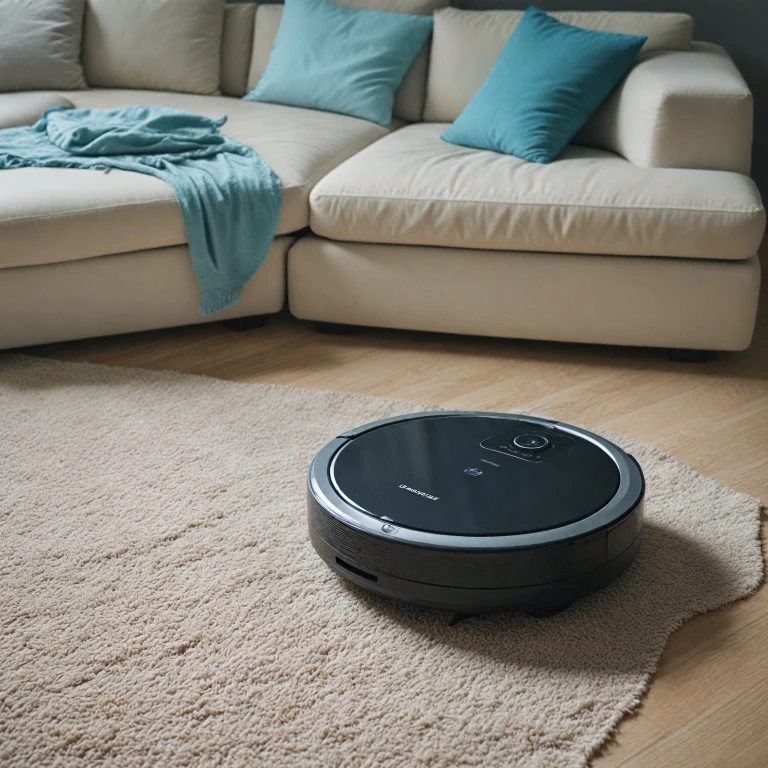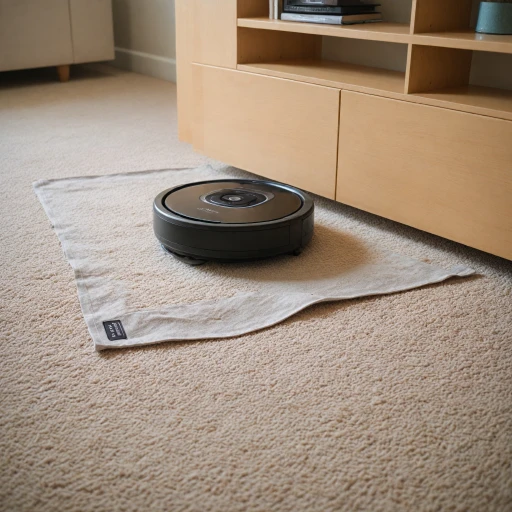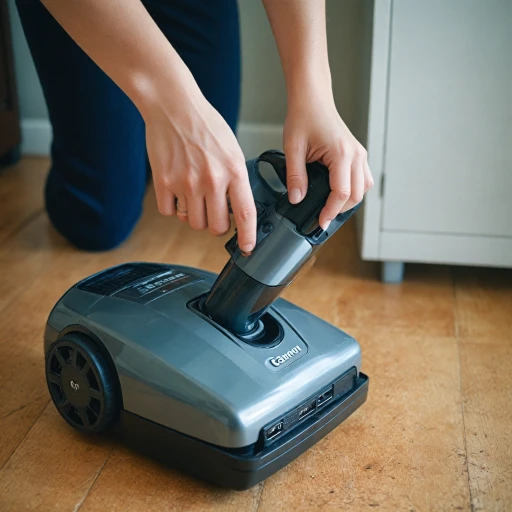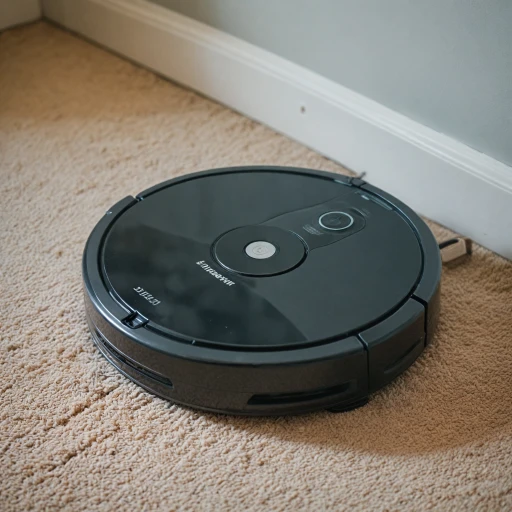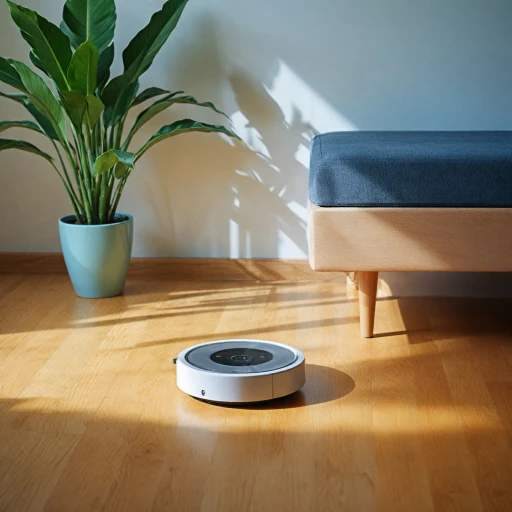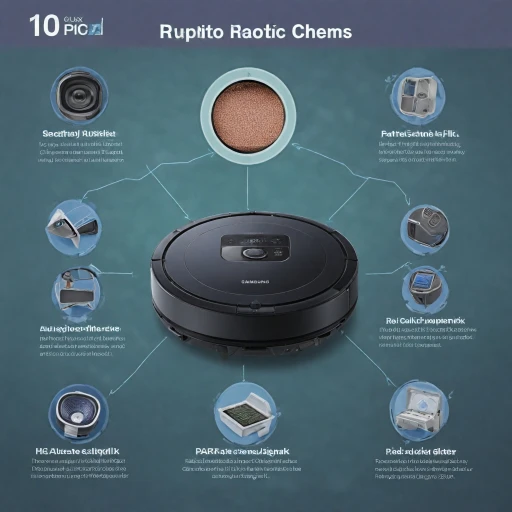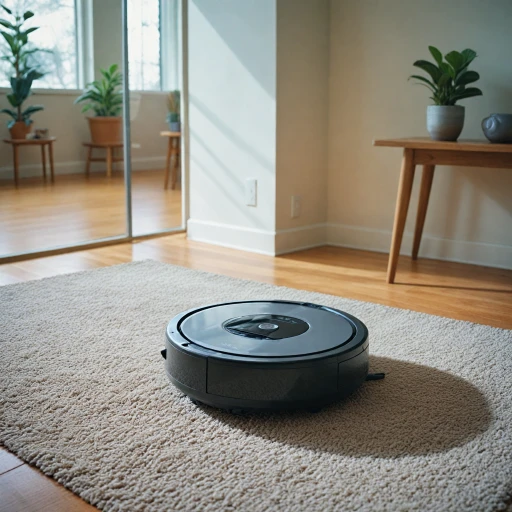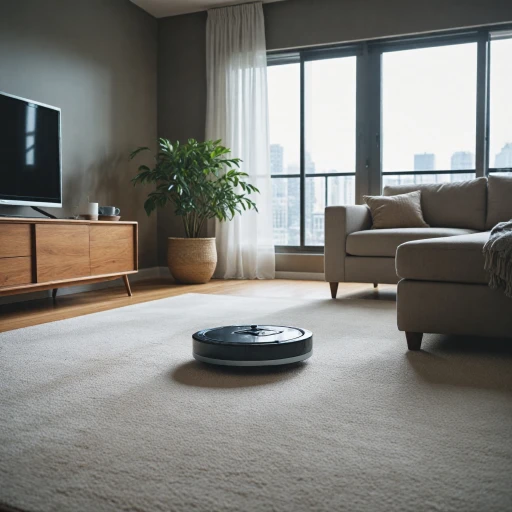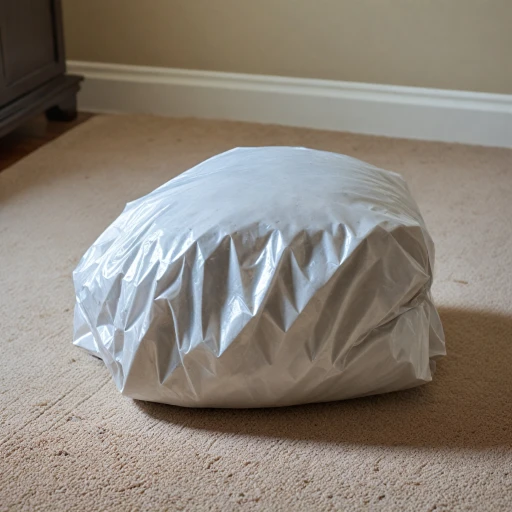
Understanding the Basics of Robot Vacuums
Insights into the Functionality of Robot Vacuums
Robot vacuums have revolutionized the way we think about cleaning our homes. Unlike traditional vacuum cleaners, robot vacuums operate autonomously, using a combination of sensors, algorithms, and sometimes advanced mapping systems to navigate and clean your living space efficiently. While there are many diverse features that characterize these machines, their core principle remains straightforward: providing a hassle-free cleaning experience.
These devices come in various styles and models, from well-known names like Miele and Bissell to budget-friendly options. Their compact design allows them to reach areas that traditional vacuums might miss, such as under furniture or along baseboards. Equipped with a range of accessories including brushes, filters, and sometimes even cameras, they offer a unique blend of technology and practicality.
Robot vacuums are generally categorized into two main types: bagless and with vacuum bags, each having their own advantages that we'll explore further. While bagged models can offer enhanced air filtration, bagless models eliminate the need to purchase bags repeatedly, impacting the overall price of maintenance.
Understanding how these machines work and their maintenance requirements can help in choosing the ideal robotic cleaner for your home. Consider factors like the filters used, whether HEPA grade or standard, as well as the availability of spare parts such as belts and hoses, which significantly influence the longevity and efficiency of your vacuum cleaner.
The Importance of Vacuum Cleaner Bags in Traditional Vacuums
Why Vacuum Cleaner Bags Matter in Traditional Vacuums
In the realm of conventional vacuum cleaners, bags hold a pivotal role in ensuring optimal performance. Vacuum bags primarily act as storage units for the collected dirt and debris, enabling the vacuum to continue functioning efficiently without frequent interruptions for emptying. Many types of vacuums, including the likes of Miele, Kenmore, and Bissell, underscore the significance of these cleaner bags. They are designed to capture a wide range of particles – from large debris to fine dust – thus helping maintain indoor air quality. With the inclusion of HEPA filters, some vacuum bags offer an added layer of filtration, capturing allergens and minimizing their presence in the environment. Opting for a vacuum cleaner with bags often means fewer interactions with dirt when emptying the unit, a favorable choice for those with sensitivities. While on the downside, these bags need to be purchased and replaced regularly, which potentially adds to the upkeep cost. Factors such as the price and availability of vacuum bags, including popular options like the Electrolux and Eureka vacuum bags, can influence purchasing decisions. For anyone shopping around, it's worthwhile considering the style and compatibility of vacuum bags with your existing cleaner. Some common parts that may accompany these cleaners are vacuum belts and hoses, contributing to the overall efficiency of the machine. Shopping smart by adding options like Dirt Devil or Riccar vacuum cleaner bags to your cart ensures you're ready for any maintenance needs that pop up. To delve deeper into the role of dustbags in robot vacuums, you can explore further insights that discuss the parallel importance and developments in robot vacuum technology.Do Robot Vacuums Need Vacuum Cleaner Bags?
Bag or Bagless: What's Best for Robot Vacuums?
Traditionally, vacuum cleaners have relied heavily on vacuum bags to collect dust and debris. These bags, like those used in conventional vacuums such as miele vacuum or kenmore models, play a key role in maintaining cleanliness and air quality by trapping dirt within their confines. However, when it comes to robot vacuums, the need for vacuum cleaner bags is often a question of type and style. Robot vacuums are generally designed to be bagless, relying on canisters instead to hold collected dirt. This innovation allows them to maintain a compact form while providing ease of maintenance. The canisters can be emptied and cleaned without needing disposable vacuum bags, which eliminates the recurring cost associated with replacing them. Some models, like those from bissell or eureka vacuum, might offer options that include filters, ensuring particles are better captured during cleaning. For those considering the cleaner effectiveness of a traditional bag setup, exploring options like understanding filters in robot vacuums could be beneficial. These filters often complement the dustbin's efficiency, capturing finer particles and enhancing the unit's cleaning capability. While traditional vacuums serve in high-capacity cleaning with their bag systems, robot vacuums emphasize convenience and minimal maintenance. Whether to opt for a bagged or bagless robotic unit often depends on personal preference and specific household needs. In many cases, eliminating the need for cleaner bags simplifies the cleaning routine and reduces the associated consumable costs of bags filters and vacuum filters.Pros and Cons of Bagged vs. Bagless Robot Vacuums
Weighing Bagged Against Bagless Designs
When considering a robot vacuum for your home, one of the key decisions revolves around whether to opt for a bagged or bagless model. Both types come with distinct advantages and disadvantages that might sway your decision depending on your priorities and preferences. Bagged robot vacuums are reminiscent of traditional vacuum cleaners, utilizing a vacuum cleaner bag to capture dust, debris, and allergens. This design generally provides a more hygienic solution as these bags can be sealed before disposal, effectively minimizing dust exposure. Brands like Miele offer vacuum cleaner bags that often contain specialized vacuum filters, such as HEPA filters, which are particularly beneficial for allergy sufferers. However, over time, the cost of purchasing vacuum bags can add up, affecting the overall price of maintenance. In contrast, bagless robot vacuums eliminate the need for purchasing additional parts like vacuum bags, reducing long-term costs. With these vacuums, you avoid the recurring expense of a bags pack. The convenience of not needing to keep a supply of cleaner bags on hand is also appealing. However, bagless models often require more frequent emptying of the dustbin, which can release dust back into the air, especially if not done carefully. Furthermore, bagless designs often require regular maintenance of their internal vacuum parts, such as vacuum hoses and vacuum filters, to ensure optimal performance. Regular checking of parts from manufacturers like Kenmore, Bissell, and Dirt Devil can ensure longevity and efficiency. Ultimately, the decision between bagged and bagless should consider factors like convenience, cost, and your household’s specific cleaning needs. Preferences might also swing depending on brand loyalty to vacuum cleaners such as Electrolux vacuum, Eureka vacuum, or Riccar vacuum. Additionally, it's crucial to evaluate the type of flooring and the level of dirt usually found in your living environment when making a choice. Whether you choose to shop for a bagged or a bagless model, ensuring proper vacuum belts management or the right style selection remains paramount in maintaining cleaning efficiency.Maintenance Tips for Robot Vacuums
Best Practices to Keep Your Robot Vacuum Running Smoothly
Maintaining your robot vacuum is essential to ensure it performs optimally and lasts longer. Here are some maintenance tips:- Regular Cleaning: Empty the dustbin regularly, especially if your robot vacuum doesn't have a bag system. Doing so prevents overfilling and ensures the device picks up dirt effectively.
- Filter Maintenance: Clean and replace filters as recommended by the manufacturer. Depending on the vacuum type, whether it's a Bissell or an Electrolux vacuum, each will have specific requirements for maintaining vacuum filters. This helps in maintaining optimal suction power and air quality, crucial if you're using filters like HEPA.
- Brushes and Parts Check: Inspect and clean brushes to avoid hair and debris build-up. This not only aids in cleaning efficiency but also prolongs the vacuum's life. For guidance on brush maintenance, check out this comprehensive guide.
- Battery Care: Ensure the battery is maintained properly. Fully charge and periodically allow it to discharge. It's advisable to follow the manufacturer's battery maintenance instructions to enhance longevity.
- Navigation System Upkeep: Keep sensors and cameras clean to help your robot vacuum navigate your home effectively. Dust and dirt can easily obscure sensors, leading to navigation errors.
- Use the Right Accessories: Using the appropriate vacuum parts, like belts and hoses, is crucial. Shop for quality and compatible items to avoid compatibility issues, much like ensuring you're using the stylized filters or vacuum bags designed for your specific model.
